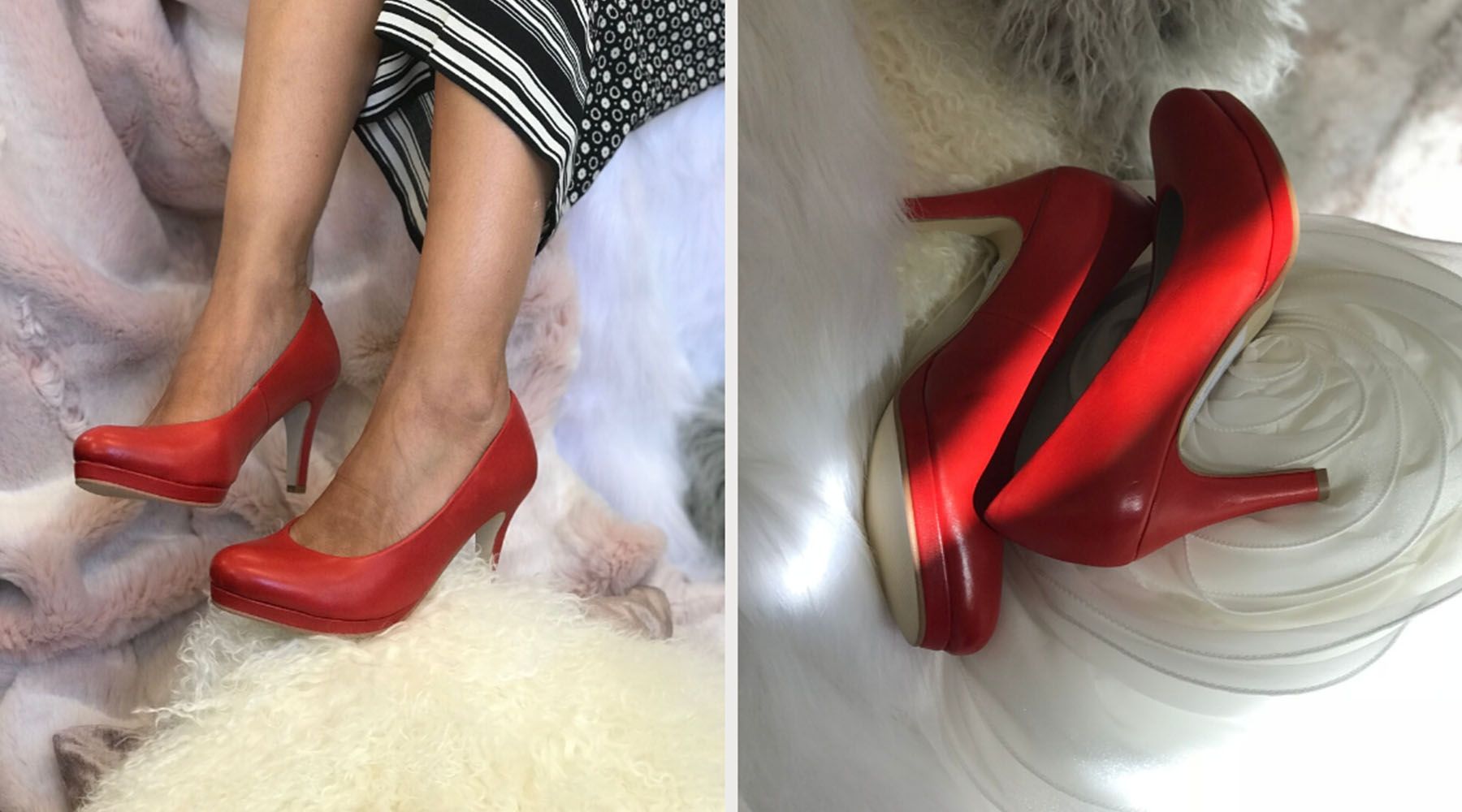
Top tips for heels surviving from a podiatrist and us
There is no underestimating how important proper foot care is, not just to ensure the health of your feet, but also to ensure that they carry you through your life comfortably. This is even more key when you suffer from bunions.
To help you improve your foot health, we have asked SW podiatry's Liam McManus (Podiatry BSc (HONS), MChs, HcPC), a London-based foot specialist with extensive experience for his expert, podiatry opinion on how to properly take care of your feet in the event that you wear high heels for prolonged periods.
High heels are not everyday shoes. The Calla shoe collection includes heels that have been designed to meet a specific need; when you absolutely need to wear a fabulous pair of shoes for a special occasion. Yet, even when high heels are very comfortable, they are still not the ideal shoe for your feet, and with this in mind, we have set out to find out what are the best tips for maintaining foot health for high-heel lovers.
You have got years of experience as a Podiatrist. What do you usually advise your patients when they indicate that they have a special occasion, and will be wearing high heels?
Liam McManus: Historically, the podiatry stance on high heels used to be “just don’t wear them!”. This is very much a historical view and over the years I feel the Podiatry profession has realised that the general public just want to wear heels, regardless of the consequences.
I take a fairly pragmatic stance on my clients wearing heels for work, or perhaps a special occasion, although I do not advocate wearing them consistently. Podiatrists work with people to improve foot health, so if you choose to wear heels, we are here to provide the most appropriate advice for your feet and improve your foot health, regardless of your circumstance and without judgement. Podiatrists specialise in manufacturing insoles / orthotics, padding and cushioning for all types of footwear, including heels.
It has happened – there was a special occasion, and we’ve worn heels. What are the best ‘homemade’ ways to ensure that our feet recover from the event?
Liam McManus: If your feet are sore then a PediRoller is a great investment, which can be bought from Amazon for around £6-£8. This is a great tool to self-massage and to ease tired feet by rolling underfoot. It can also be frozen for greater impact, and its ridged design is great for both pain relief and circulation.
Are there any exercises that help maintain foot health after we’ve worn heels?
Liam McManus: This is a very good question. I would recommend being proactive rather than reactive. Exercises are a very proactive way of maintaining strength, stability and function of your feet to avoid foot pain.
We are becoming increasingly aware of the importance of the smaller intrinsic muscles of the feet in the management of pain. I would recommend spending some time on a few gentle exercises daily. These can be done in a seated position, which makes them easy to fit in to your routine without needing to take time out to do them. With your feet on the ground, try to splay the toes and then lightly grip the floor with your toes. The arch should raise a little. I would also recommend stretching out your calf muscles which can be easily achieved by dropping your heels down off a step. Keeping the feet and knees straight, hold this position for between 15-20 seconds, then repeat.
Should bunion sufferers take any additional steps to ensure that their feet recover from prolonged periods of wearing high heels?
Liam McManus: Yes, certainly! For mild bunions, bunion protectors or gel bunion protectors can be useful to prevent rubbing on the bump. Insoles and padding can be helpful and if the second toe becomes prominent, gel toe caps are very useful to prevent blisters and corns.
Your podiatrist is able to provide advice regarding the most appropriate options for your severity of bunion which we grade on a scale from 1-4, 1 being mild and 4 being severe.
How much rest for the feet would you recommend as a minimum between the periods of wearing high heels?
Liam McManus: There isn’t an ideal timeframe here, but in general, it takes around two to three days for soft tissue to ease after prolonged stress on your feet. Everyone is different though, and so I would suggest limiting your time in high heels and use your own body as a guide. When individuals need specific guidance, assessment or support, find a podiatrist to assist you further.
Liam McManus (Podiatry BSc (HONS), MChs, HcPC) is an Extended Scope Podiatrist with South West Podiatry, operating from Wimbledon, Earlsfield and Maidenhead.
You can find Liam on SWpodiatry.co.uk

Even if you've been wearing specially designed heeled shoes for bunions, it's still important to give your feet a good rest from the additional pressure of your weight bearing down on your toes.
There are a few things we think you can do to help alleviate any pain and to fight the negative consequences of heel wearing.
1. Exercises for your feet
The Yoga International website has some great suggestions for stretching, strengthening and aligning the key muscle groups in your feet and legs to alleviate discomfort and prevent further movement of your big toe.
2. Use toe spreaders
After a long day or night in your heels, try gel toe spreaders (readily available on Amazon) to relax your foot muscles and stretch your toes. These can be a little painful the first time you use them, so make sure you're busy doing nothing when you wear them, with your feet up. They won't cure your bunions but they'll make them feel a lot better. There are other products out there such as bunion socks, splints and individual toe separators that can also help and be used in the same way.
3. Alternate your shoe height
Mix up your footwear for different days of the week. Alternating between flats, boots, trainers and low wedges will exercise different muscle groups and not put a continual strain on your toes. Your shoes should also have enough width and room in them so as not to squash your bunion.
4. Don't go too high
The higher the heel the more pressure you're putting on your toes and bunions. 2 inches is ideal but if you must go a little higher ensure you only do so for short periods of time and not every day or choose a shoe with a platform as well as a high heel as this reduces the pitch of your foot and pressure put on your feet.
5. Check your heel type
The super-thin stiletto heel which has become very fashionable isn't great for women with bunions as it reduces your stability when walking. A thicker heel is better as it reduces the pressure put on the toes. Check out Calla's block heels as an example, more comfortable than a stiletto but still super stylish.
6. Save your sole
Heels with a man-made non-slip sole are better as this again adds extra stability as you walk. Plus, if you think about the typical weather in the UK, leather soles are not the best material to have on the bottom of your shoes. If your chosen heels do happen to have a leather sole then you can buy stick-on non-slip pads.
7. Material choice
Soft leather heels will be the better choice with bunions. Leather is a natural product and allows your skin to breath, plus it will stretch and give overtime where you need it most. For example, Calla's shoes for bunions are made from the softest leather and the highest quality of materials to ensure they can conceal bunions comfortably.
8. Break them in
It would be worth spending a bit of time breaking in your leather heels if they feel a little snug to begin with (if they're really tight from the off though they may not be the shoes for you). You can do this by putting on a pair of thick socks and popping your shoes on. Then wear them around the house for a bit while you're cooking dinner or sweeping the floor. This should stretch the leather out enough for you to feel comfortable in them for your next social occasion.
9. Practice
If you're not a serial heel wearer, or you've been taking some time out because you've been searching for that perfect pair which don't aggravate your bunions, then you should practice wearing them before your big day or night out. Improve your walking technique - ideally, your heel should hit the ground before the ball of your foot. It's a little weird to walk like this at first but it will help reduce the full load of weight from your body down to your toes.
10. Choose an open toe shoe
Although a closed toe court shoe seems to be the staple footwear choice of celebrities and fashionistas everywhere, these aren't for everyone, especially those of us who have larger bunions. An open-toe sandal shoe or boot will give some more room and reduce the pressure on the toes. You should also try and wear a shoe that comfortably holds your bunion in place without being too tight or rubbing on it. A perfect example of an open toe shoe is the Calla Karla leather high heel.
If you have any more tips you can share please do below!
Then take a look at the Calla website, which features a range of beautiful shoes that are specially designed for bunions.

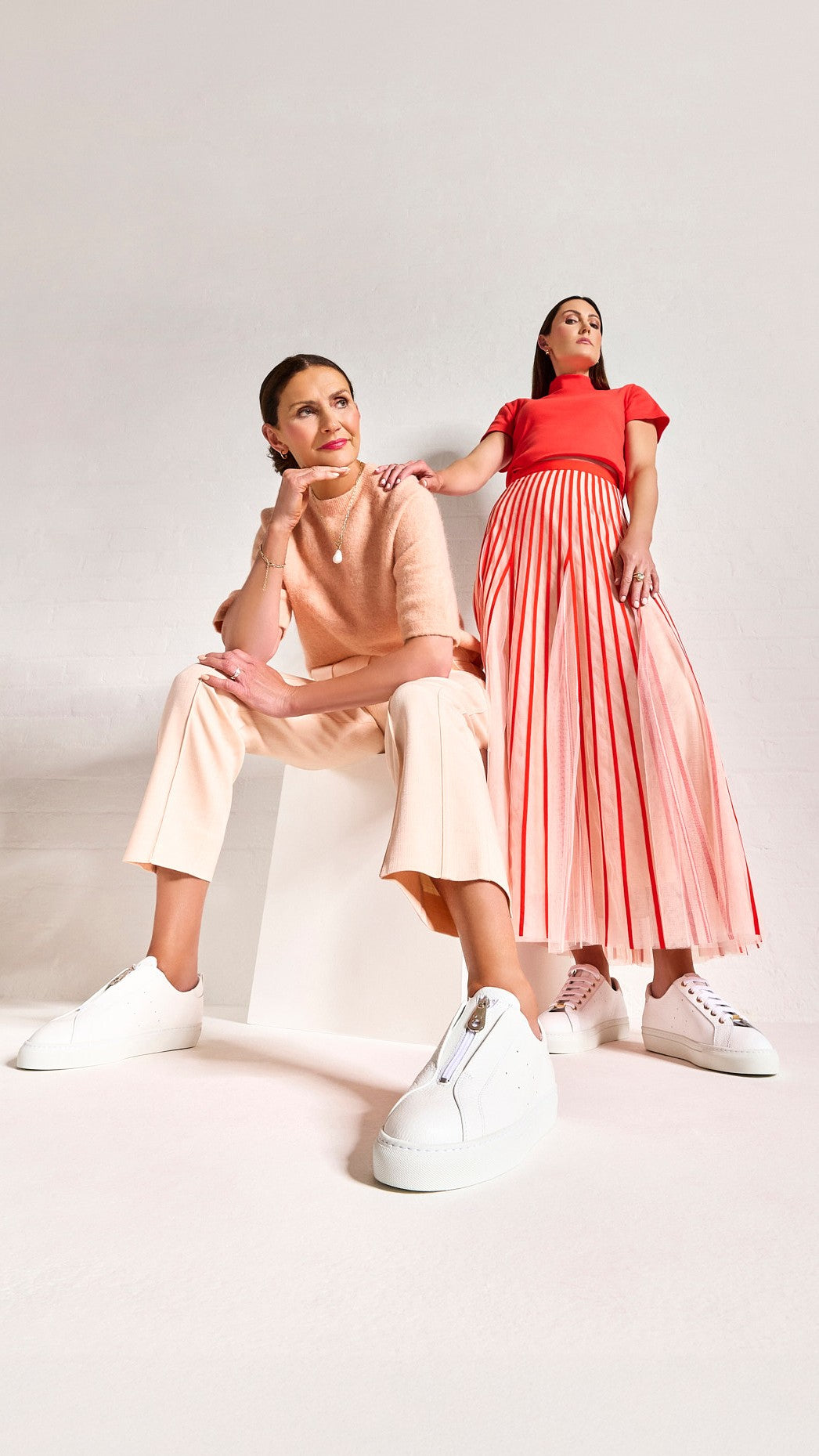

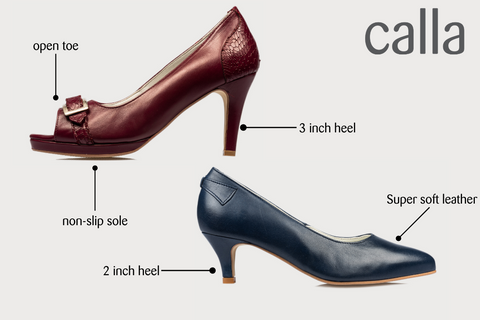
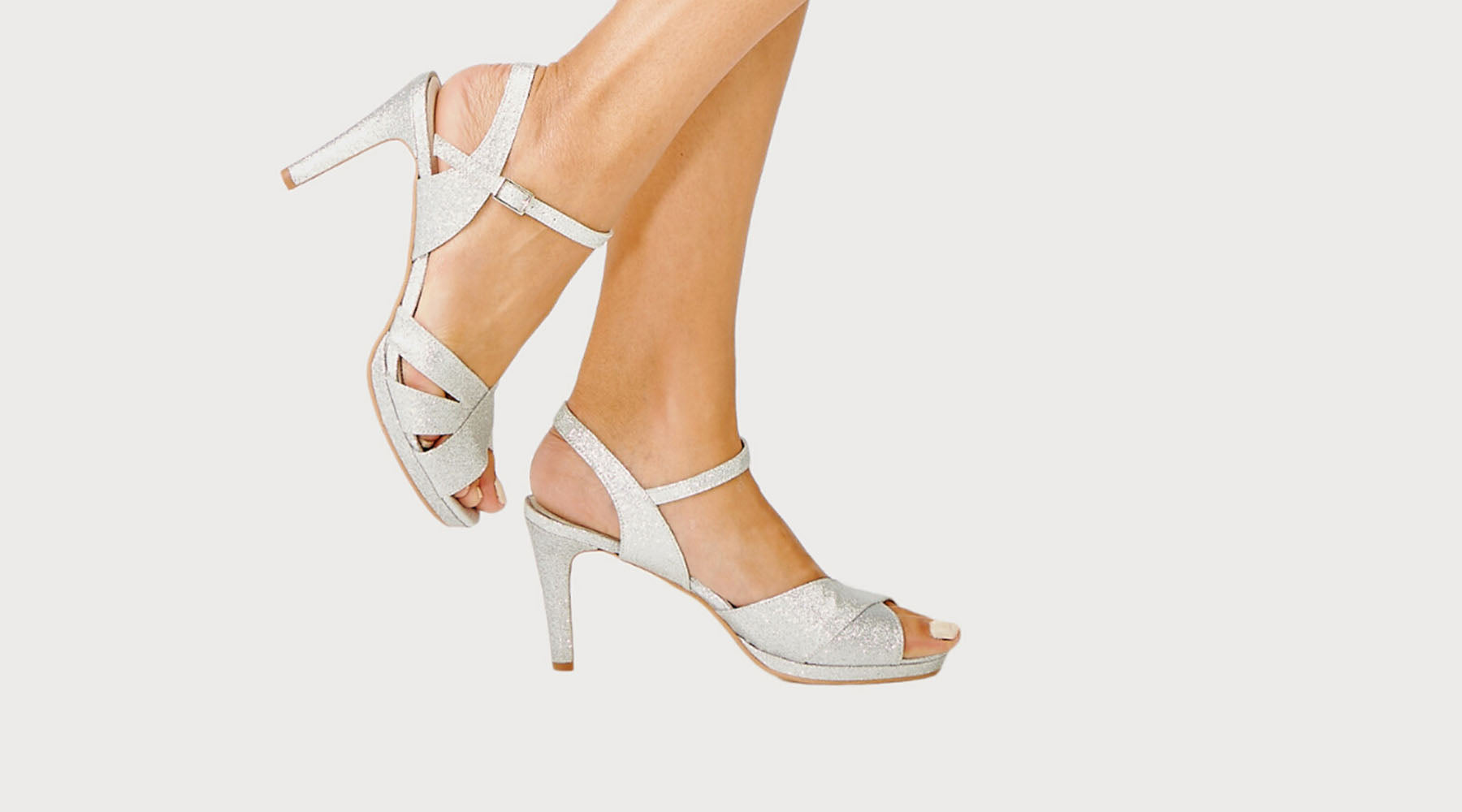
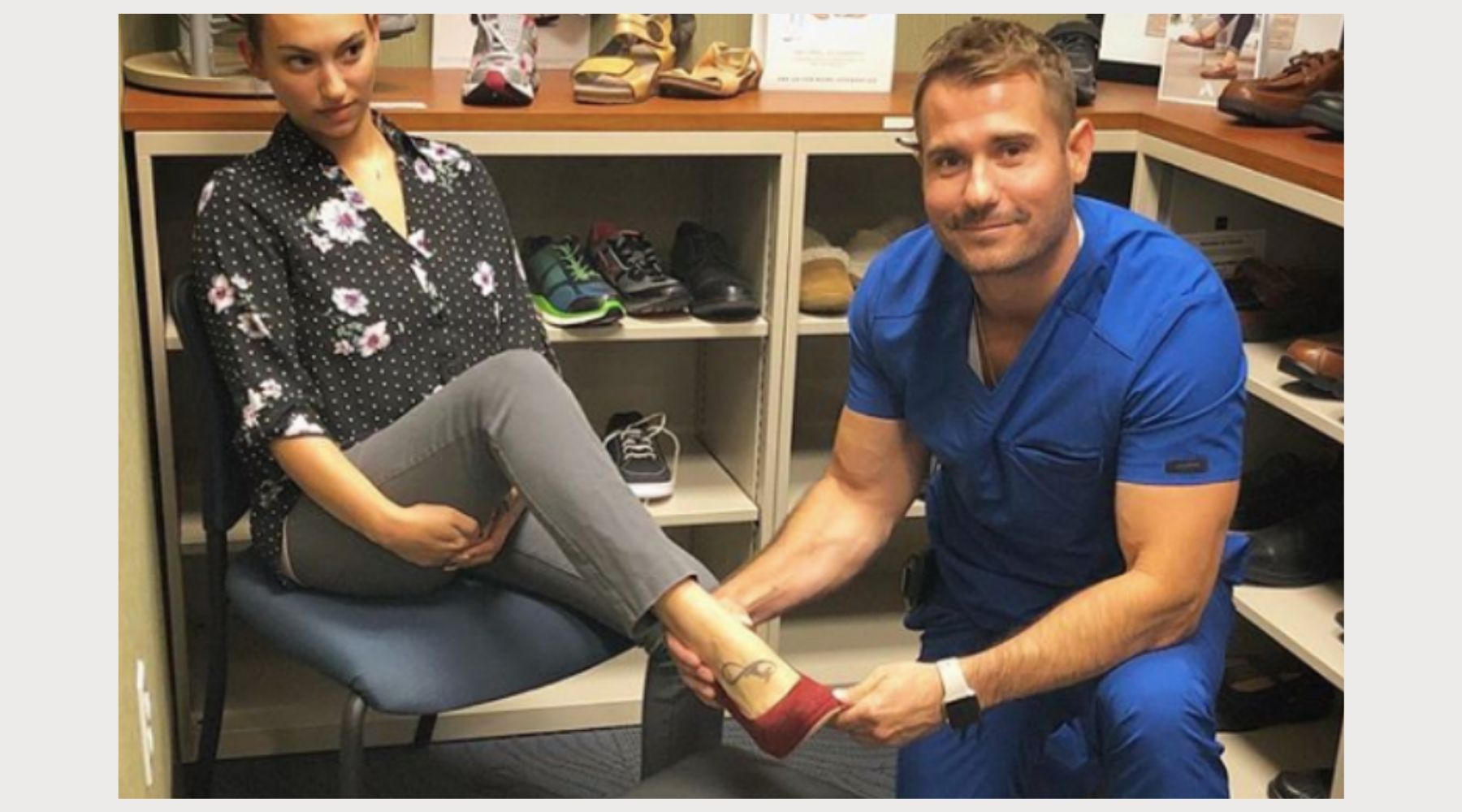
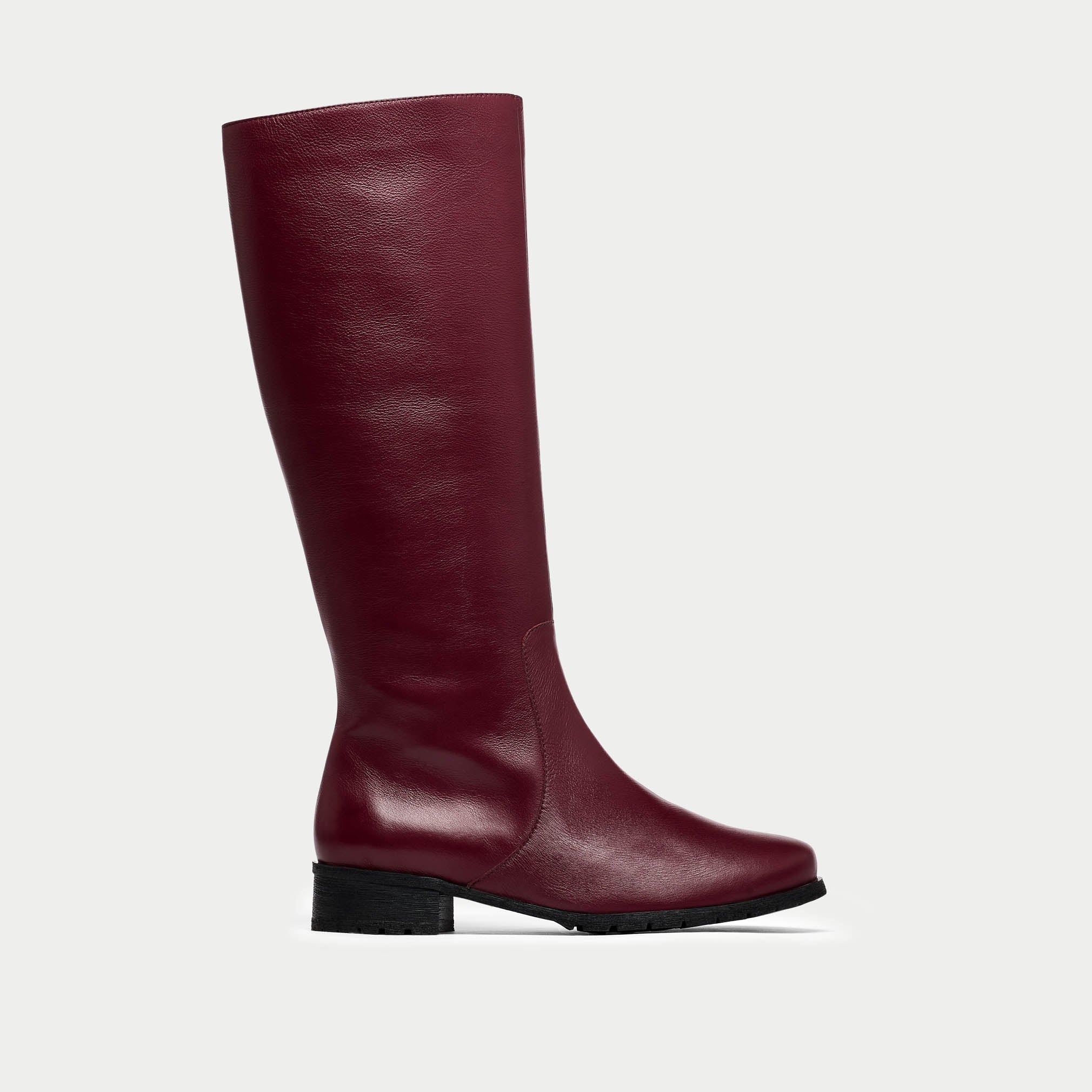
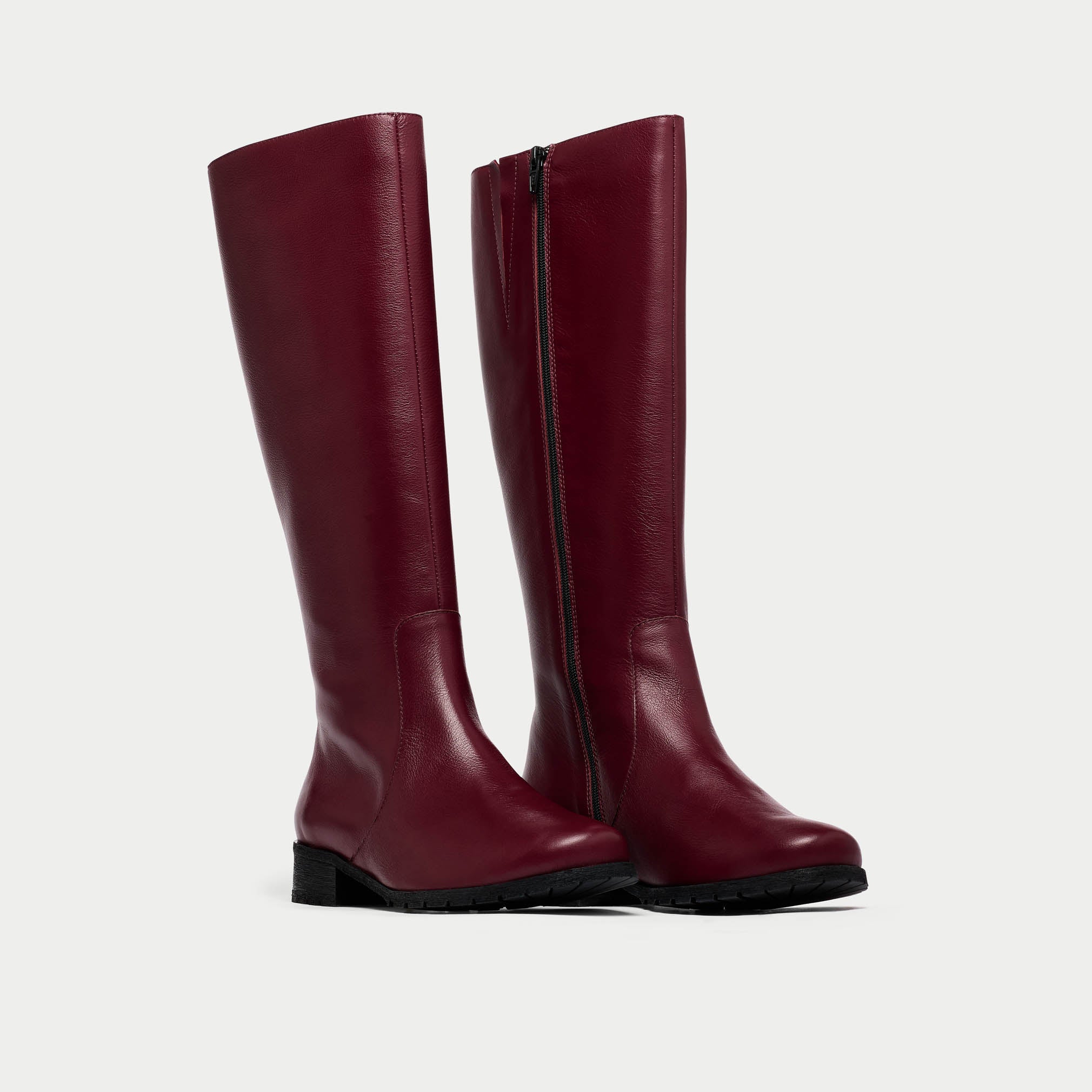
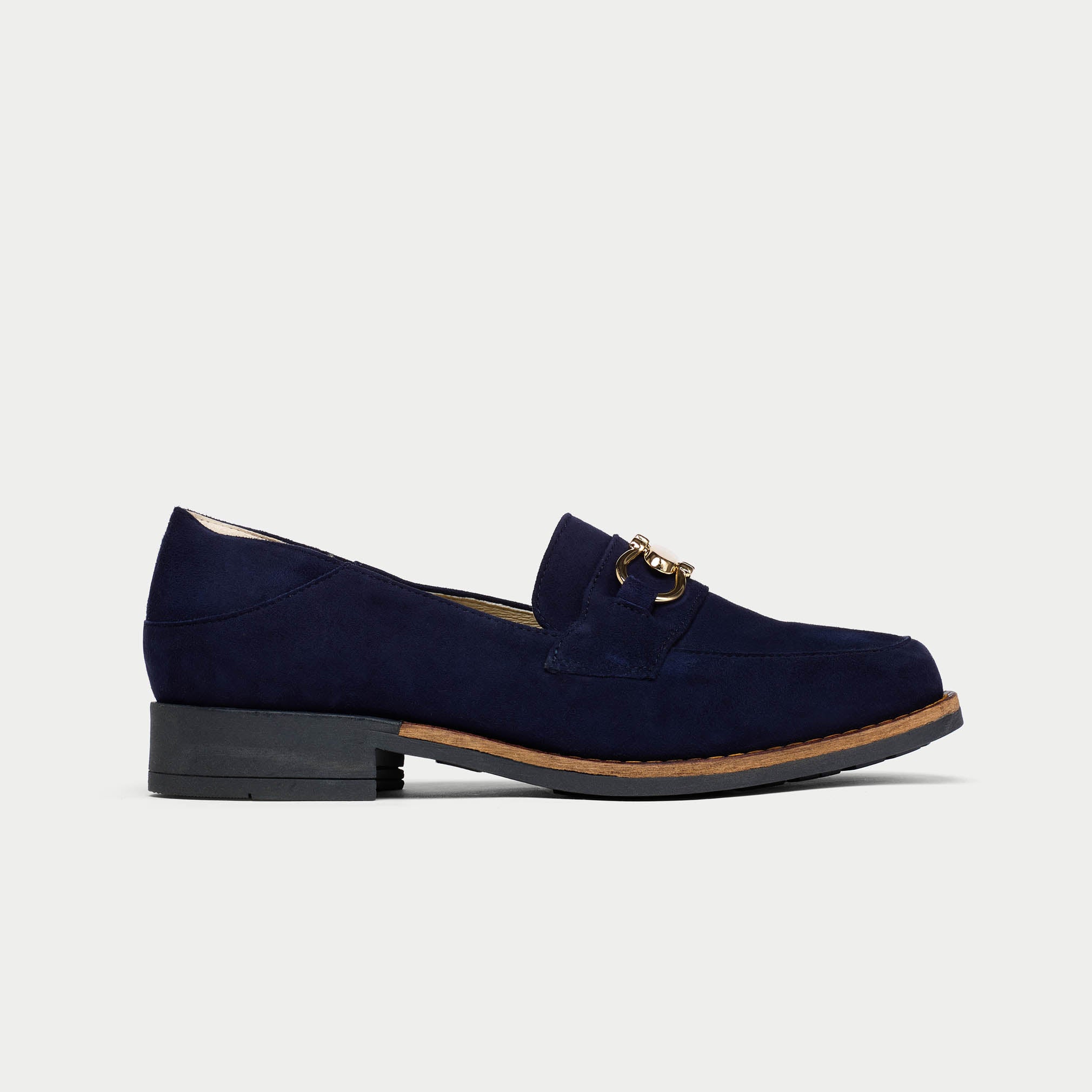
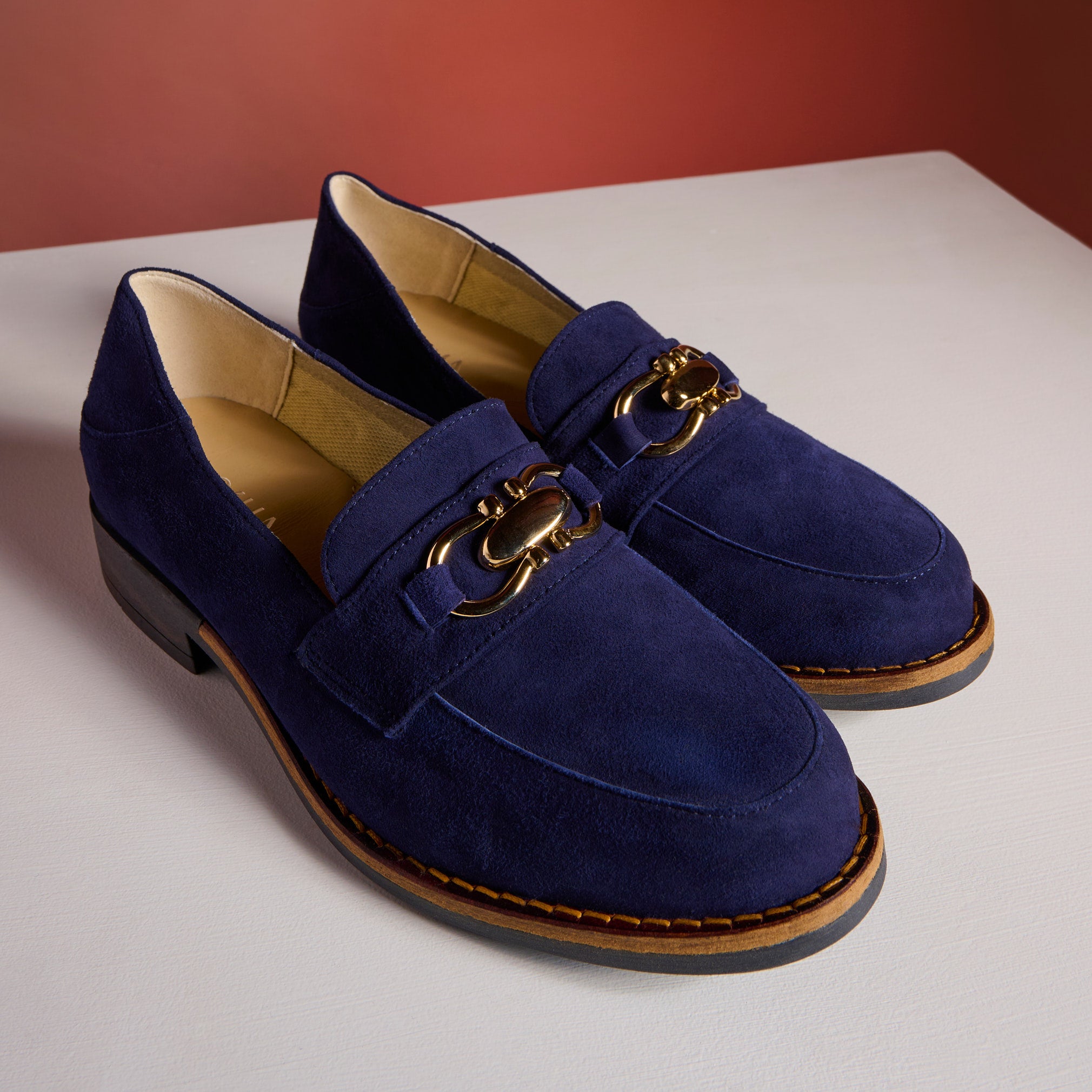
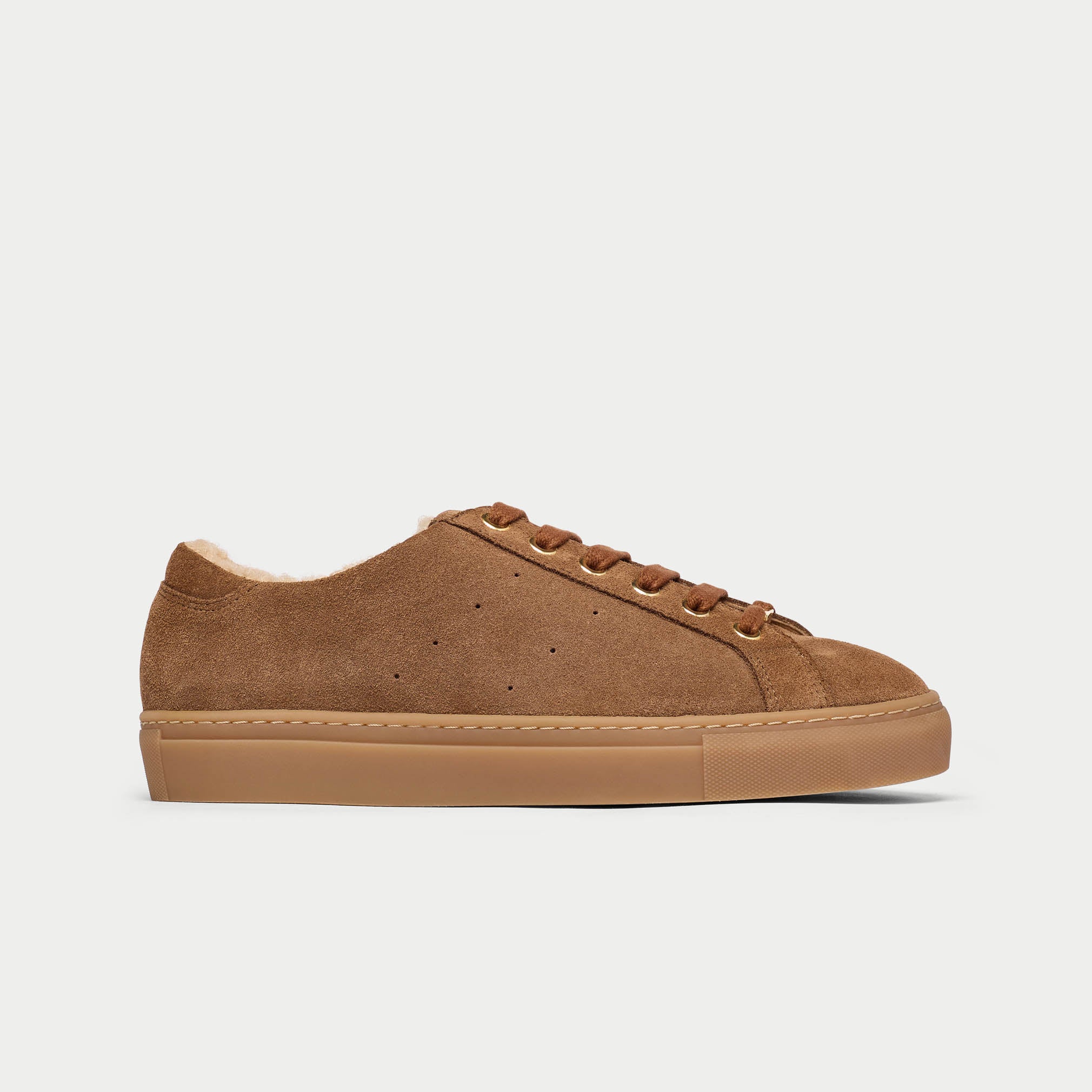
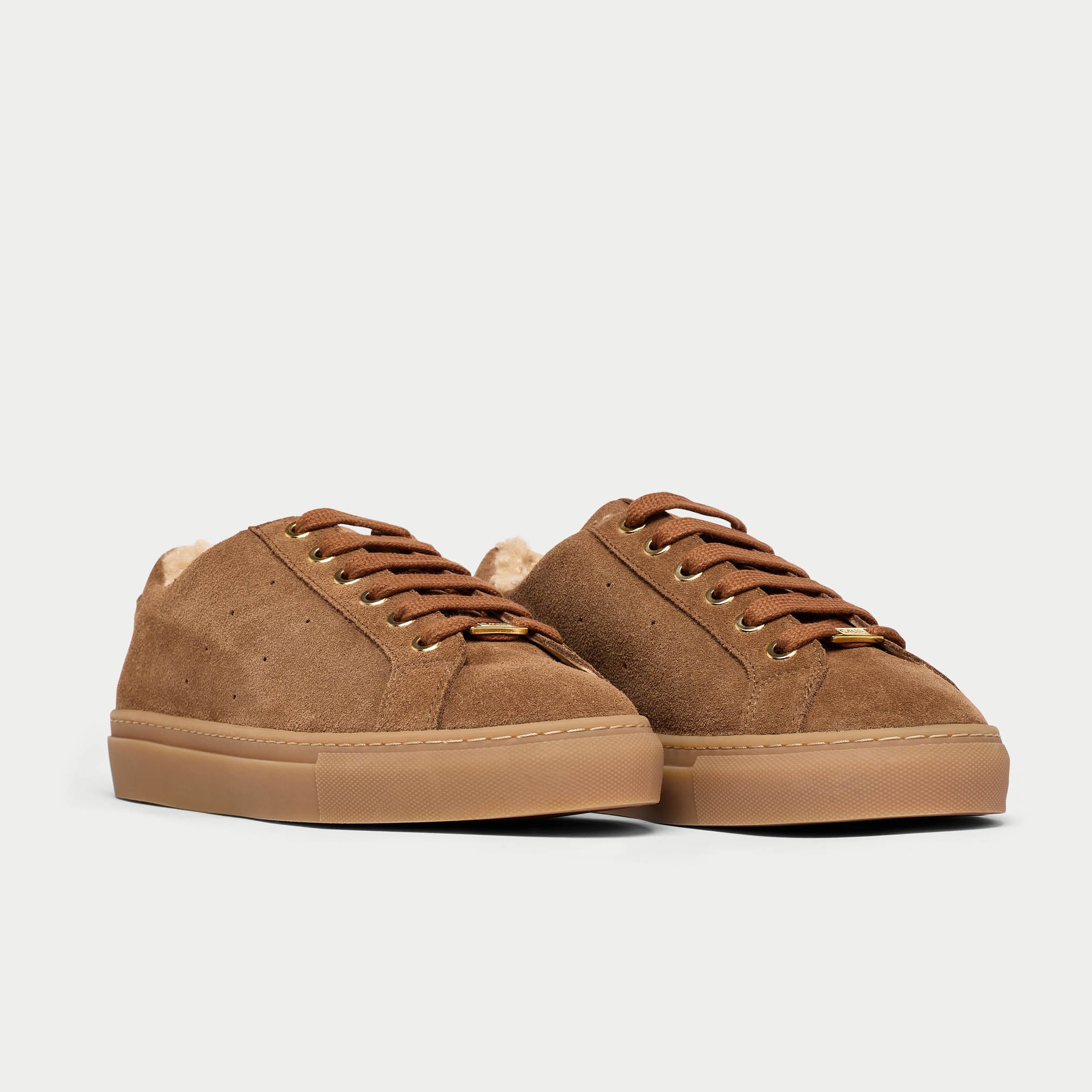
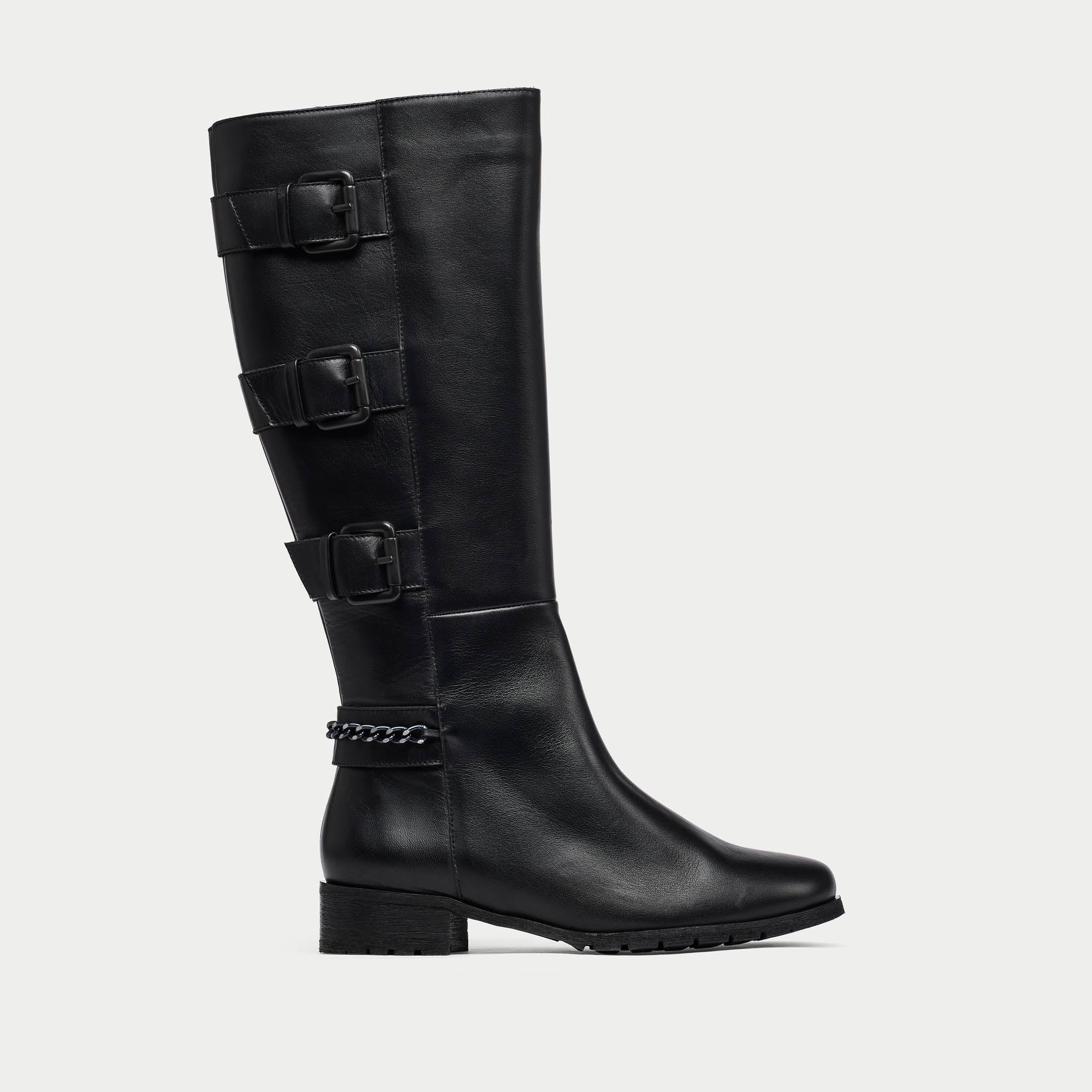
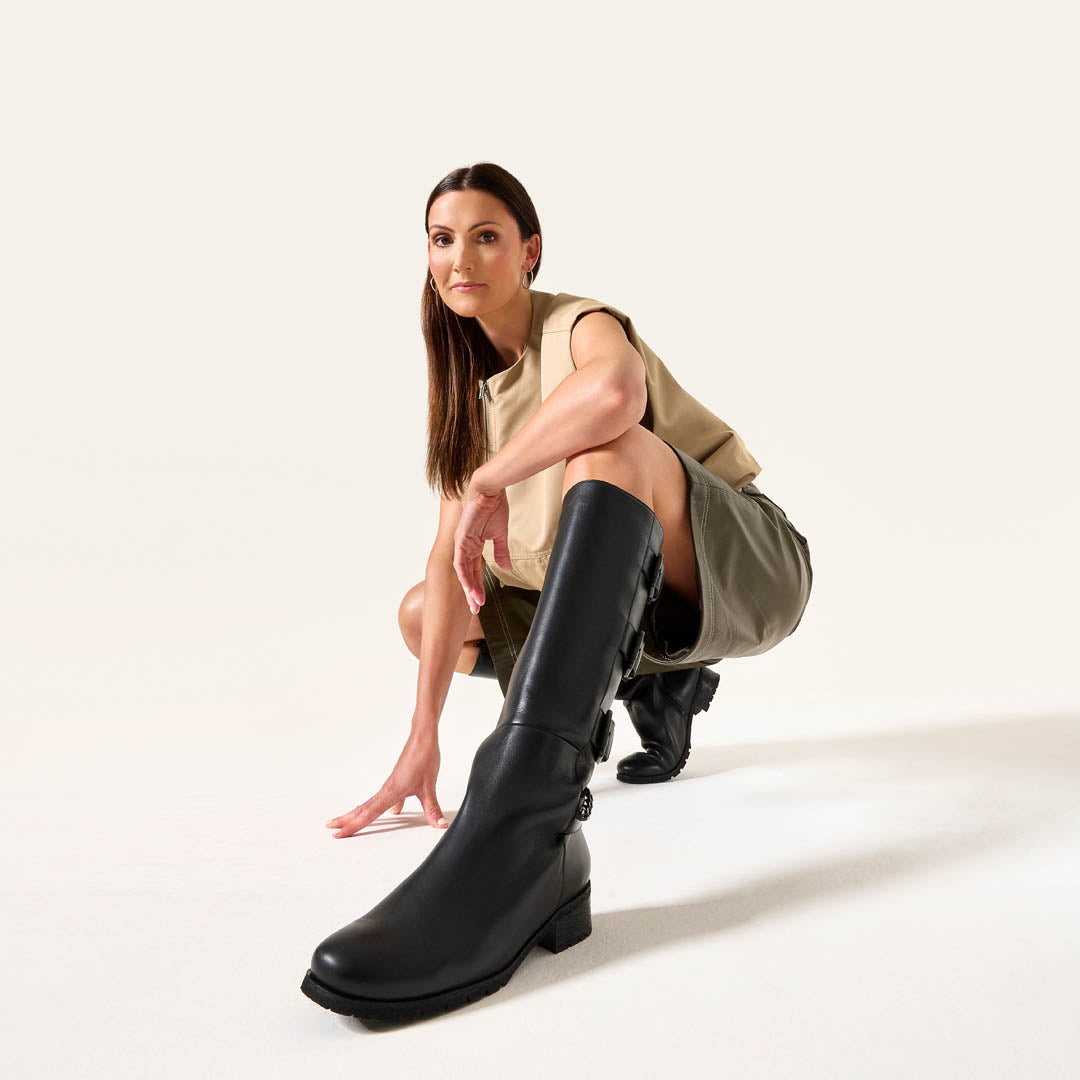
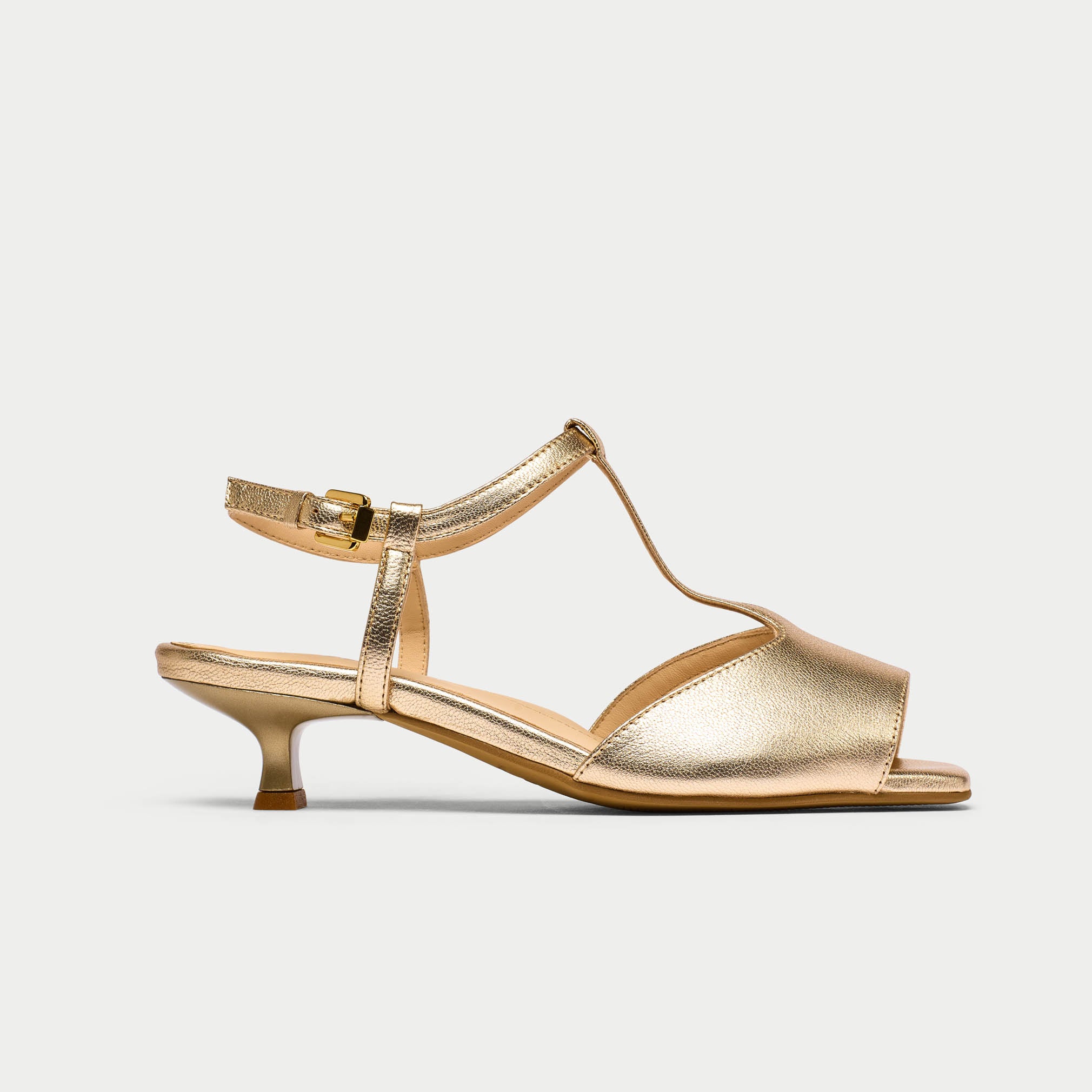
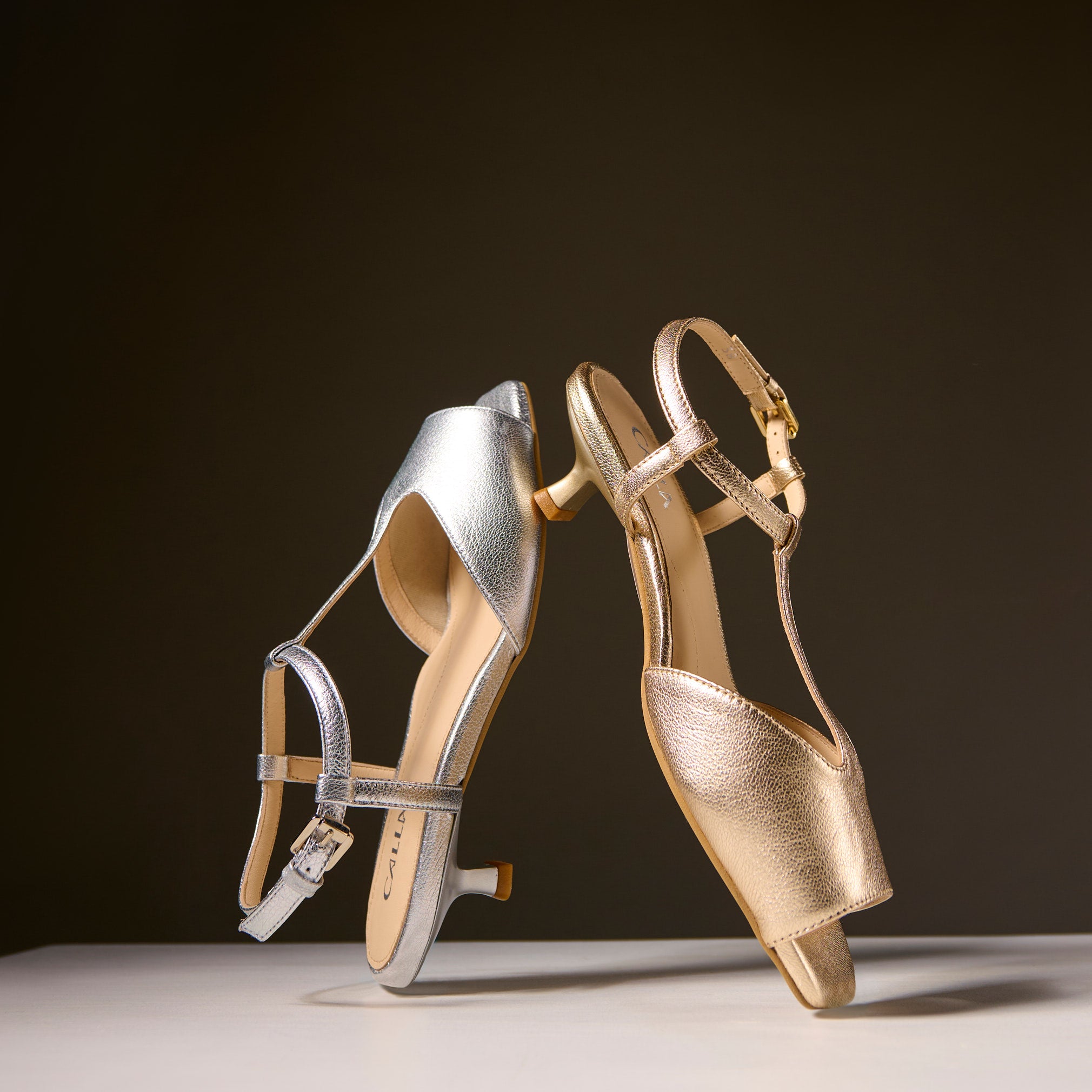
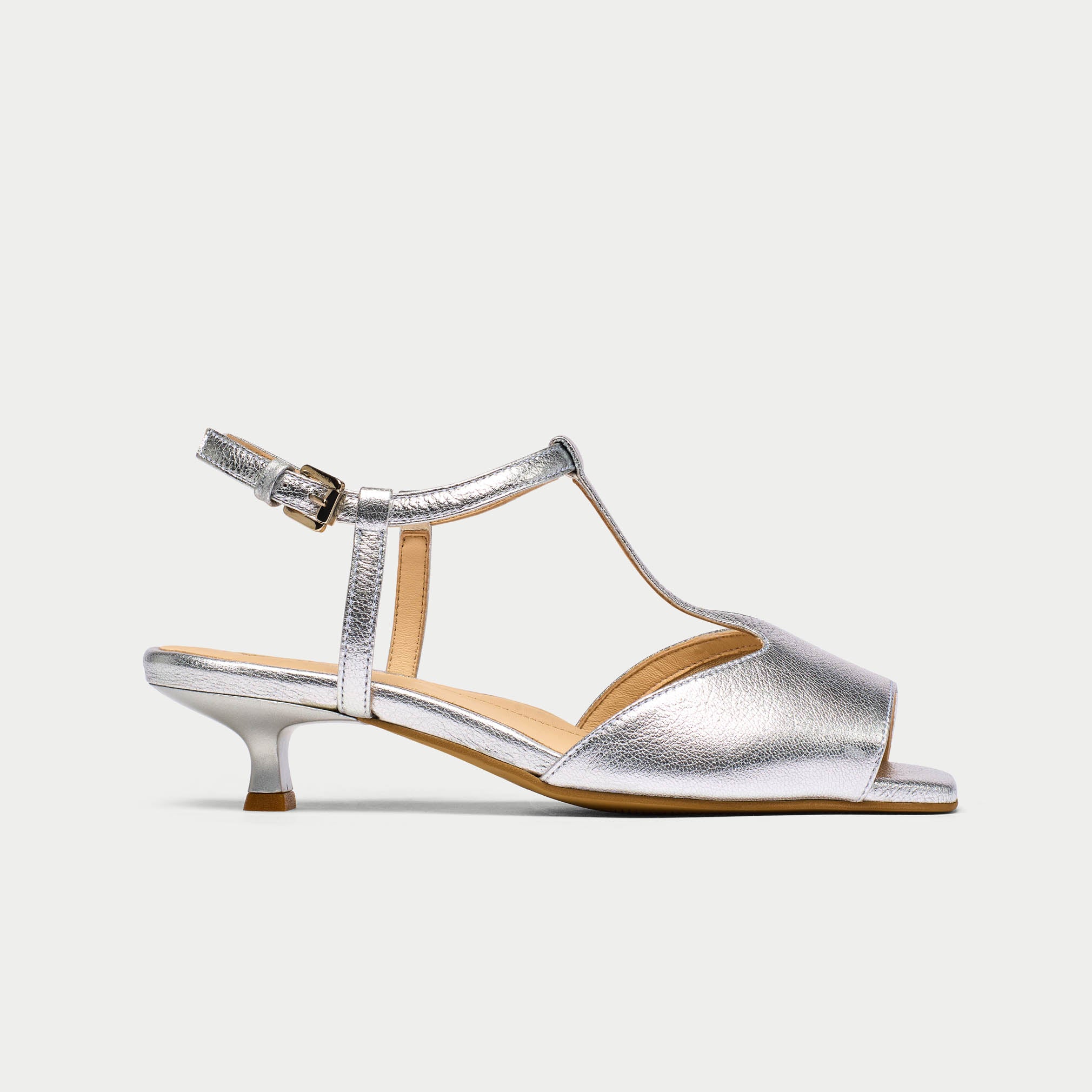
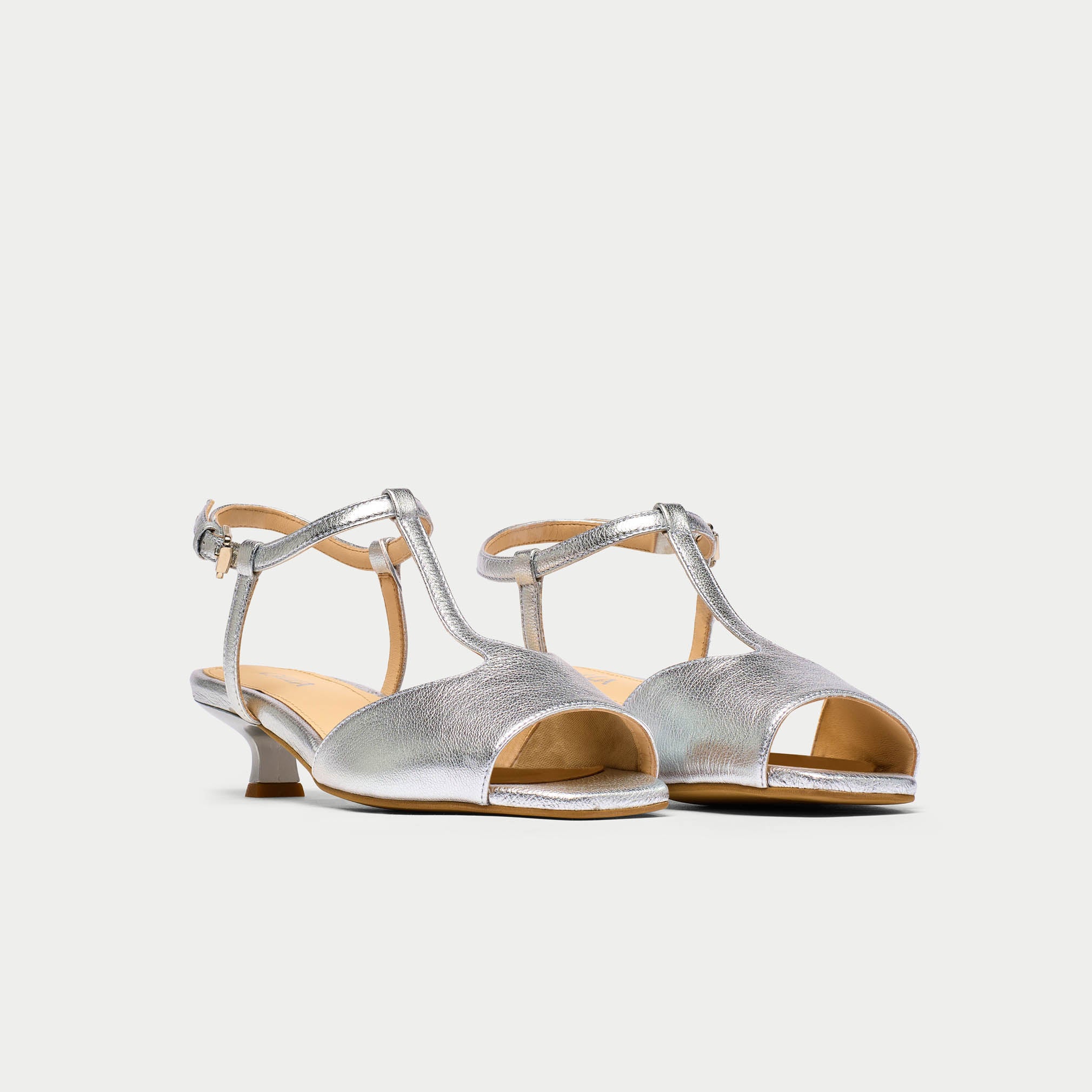
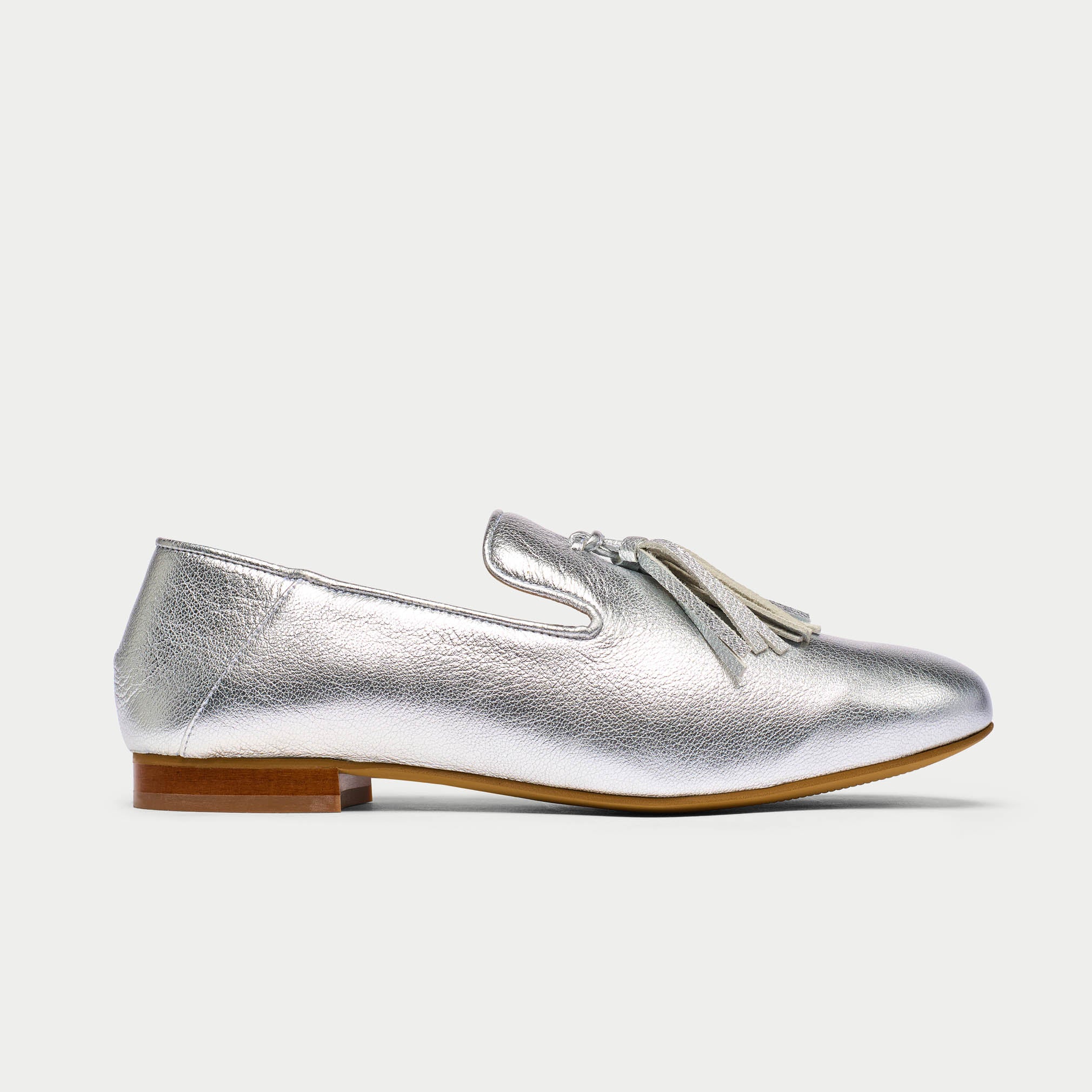
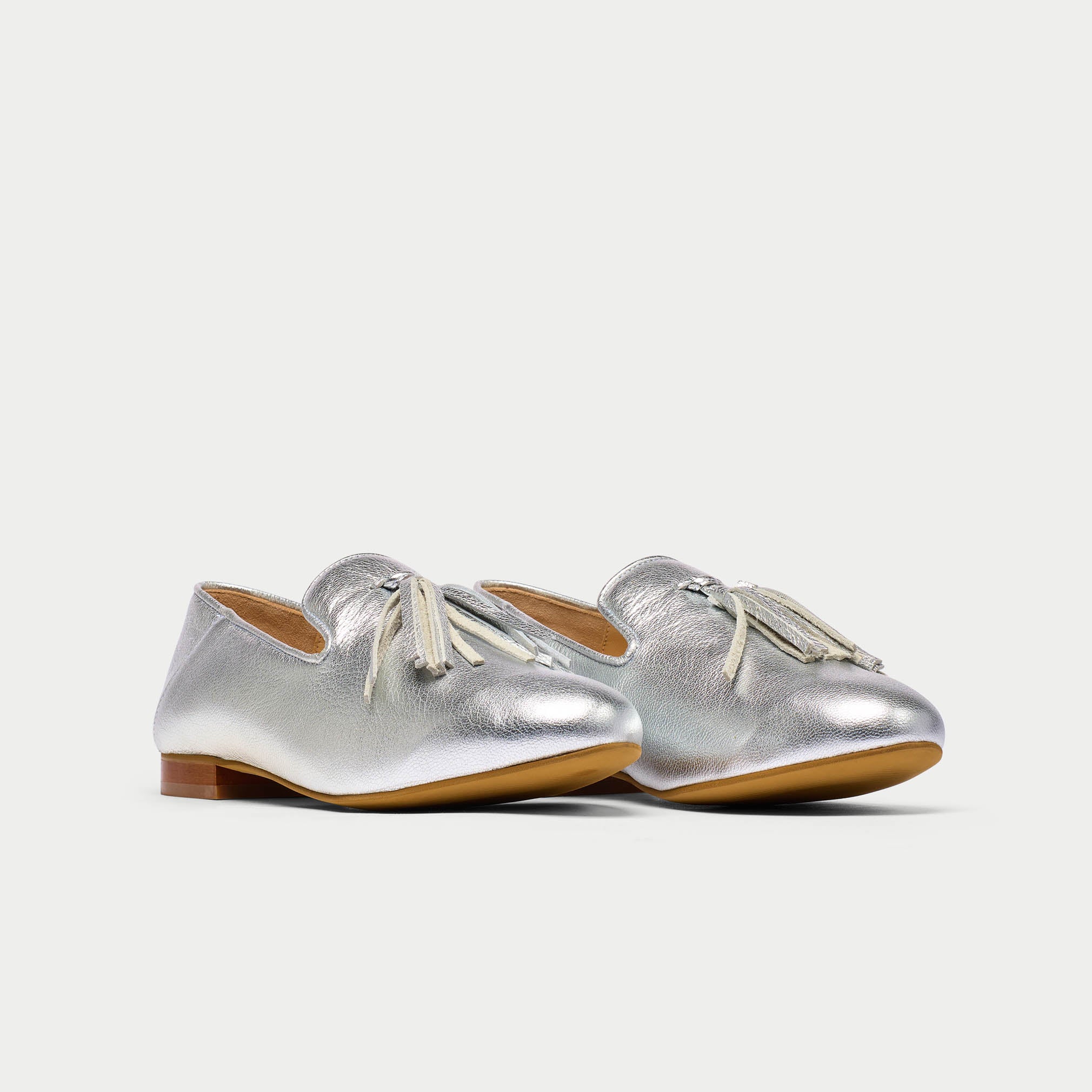
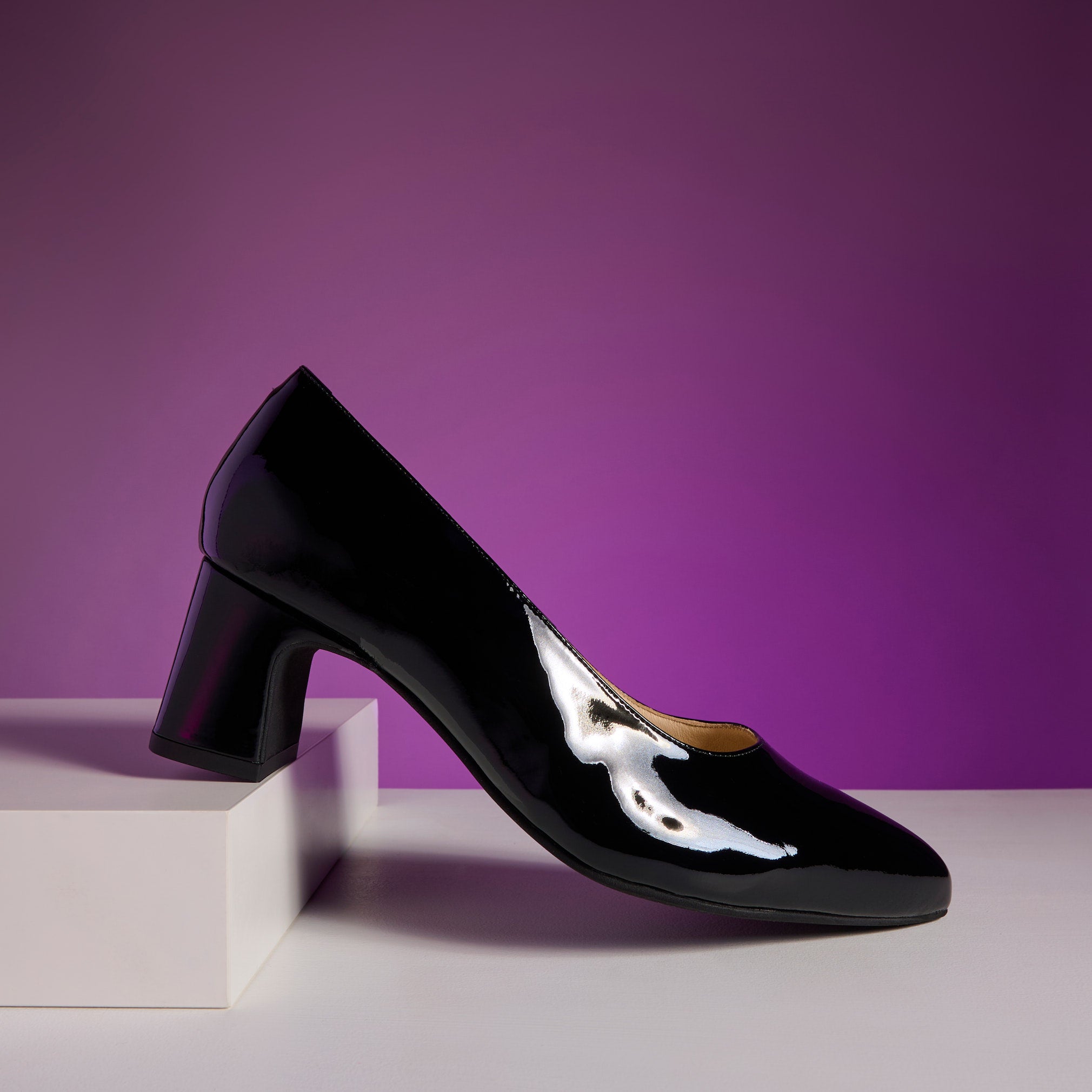
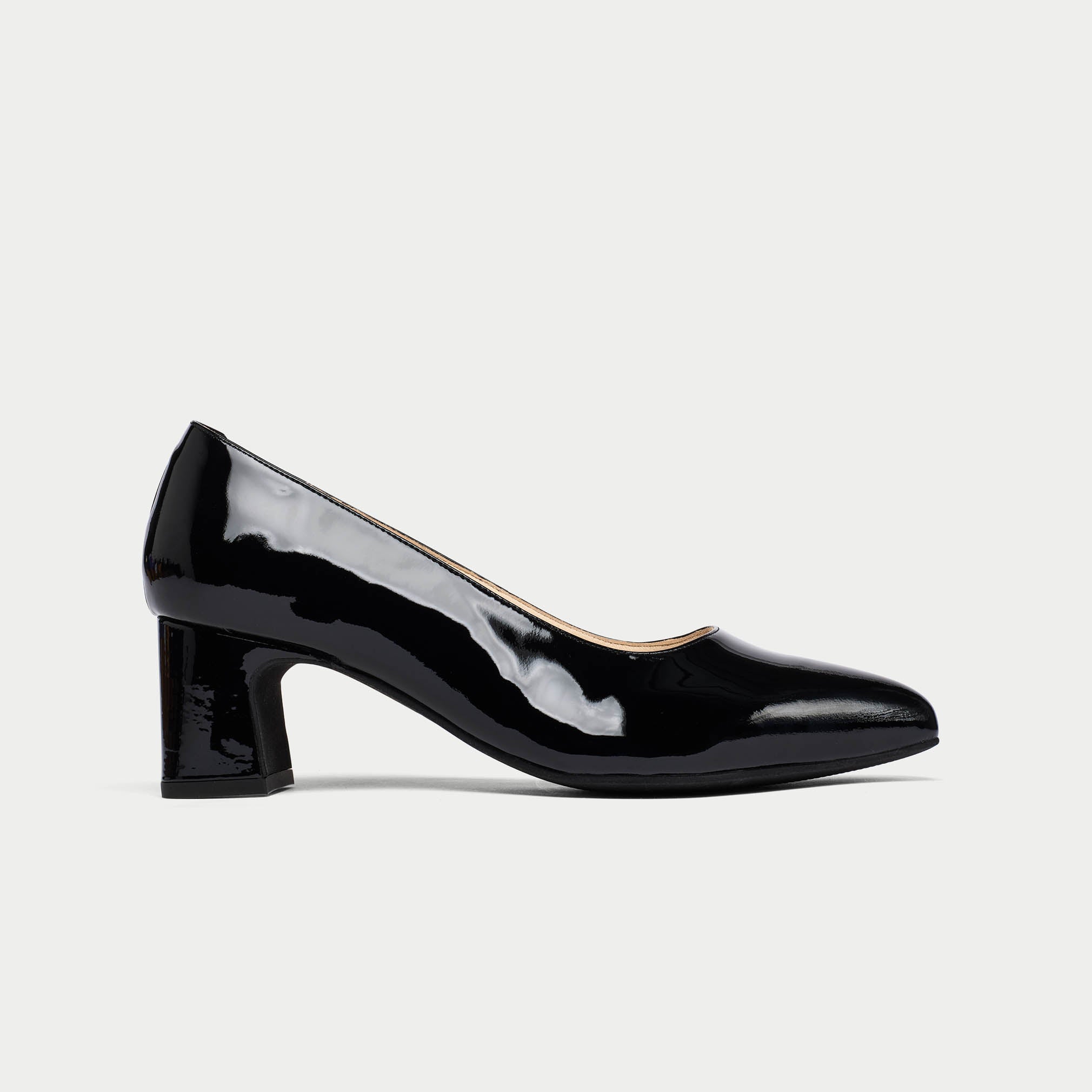
Leave a comment
This site is protected by hCaptcha and the hCaptcha Privacy Policy and Terms of Service apply.